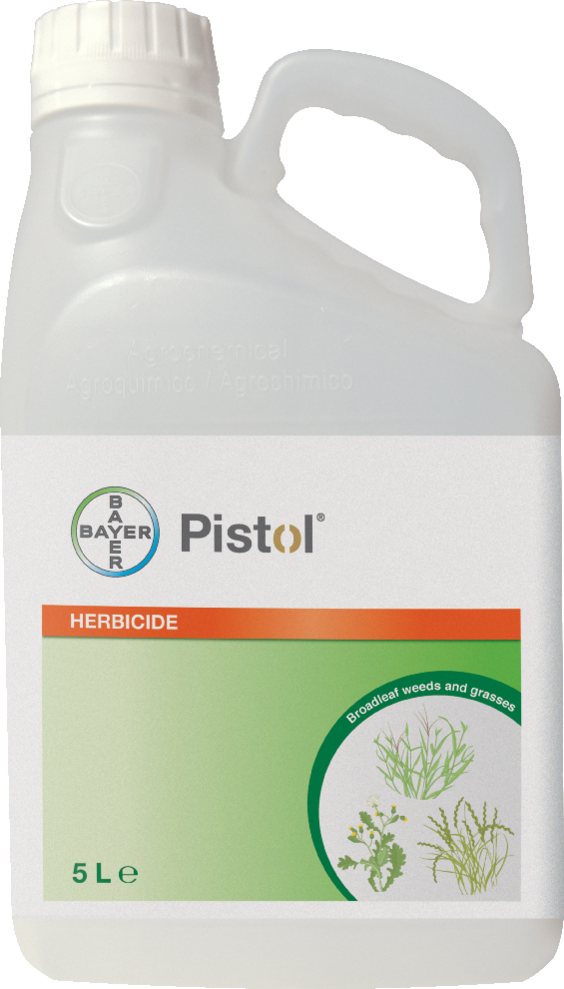Extensions of use for leading herbicide Pistol®
Related Articles
As of March 2018, the barrier acting, total herbicide, Pistol®, from Bayer, has been labelled with two new extensions of use. These will include applications by CDA (Controlled Droplet Applicator) as well as vehicle mounted sprayers, in addition to the current approval for knapsack application.
Lewis Blois, Bayer national account manager, explains that treatments using a CDA allow for the herbicide to be applied evenly and effectively, so that contractors are not required to use a large amount of adjuvant or water.
“This greatly reduces the overall weight of herbicide operators need to carry and saves a significant amount of working time, as they won’t need to continually stop to refill the tank.

“Vehicle mounted applications were actually removed from the Pistol® label in 2015, but the Bayer regulatory team has worked hard to bring about renewed approval. This will ensure that users can cover large permeable areas such as car parks, in a shorter space of time,” he says.
The updated label will not affect those currently using the product. However, those applying old-label products, with the extended application methods, should ensure that they have access to the updated label. This will be available from Pistol® distributors or can be downloaded from the Bayer website.
All Pistol® bottles will continue to be supplied with low drift nozzles, which allow amenity professionals to minimise chemical drift and ensure a targeted spray pattern.
“Using low drift nozzles is an essential part of pesticide stewardship, and without such practices we could see even more products removed from the market,” explains Lewis.
A key benefit of Pistol® is that it has a long lasting, systemic and residual mode of action. As well as killing weeds on contact, it continues to reside as a barrier in the upper soil profile to control and prevent germinating weeds from establishing for three months, post application.
“The updated label will offer all users the flexibility to apply the herbicide in the most appropriate way to suit their circumstances,” says Lewis.

























